Green energy and sustainability are two big topics on everyone’s minds these day. Some would say 20 years too late, but we’re finally there. There are a number of really effective solutions to making your life “greener” including solar, solar power storage, and use of electric vehicles. But what about general use, and off-grid options?
We’ve seen other options in the past, today we’re looking at the Jackery Solar Generator 1000 Pro with solar charging.
What is it?
The Jackery Solar Generator 1000 Pro is a 1002Wh Lithium-ion battery pack that has enormous capability to keep you powered for big chunks of time without needing access to mains power. This is achieved through efficient power storage at a capacity suitable to the user needs and utilisation of solar charging. The Explorer 1000 Pro is one of the best solar power solutions I’ve come across, and I’ve spent a few weeks using one at every opportunity, which brought up a few pain points too.
The presentation of the unit is nice; with flashes of orange against a dark grey casing. It’s got a solid handle, making both lifting and carrying the unit really easy. It also comes with a wall charging cable, and a cable to charge from the cigarette lighter in your car; although this isn’t a great option if you’re looking for a fast charge.
When it comes to specs, the bits that matter are the charging speeds and connectivity. If you’re looking at a unit like this one, you understand that there are some drawbacks (physical size and weight) but play them off against the convenience of a battery vs lugging a noisy petrol generator around.
The unit weighs about 11.5 kg which is reasonably hefty, but understandable given the battery inside it. That battery can deliver 1,000W continuous with a 2,000W peak supply across up to 2 x AC outlets. There are 2 x USB-C, 1 x 12V DC car port and 2 x USB-A ports on the unit which are all capable of delivering enough power to keep phones, tablets and even — in the case of the USB-C ports at up to 100W — laptops charged while you’re enjoying off-grid life. Each power outlet option has its own on/off button to prevent unwanted battery discharge and prolong the power storage you have.
To charge the unit there are a few options: An AC port to power your device from mains power, or 2 x ports that can receive power from your car, or the solar panels. Naturally, the charging times will differ greatly depending on whether you’re charging from mains power, or solar and on solar; what panel/s you’re using and the sun exposure they have.
With a single solar panel, the charging speed is painfully slow and is possibly going to maintain charge during the day. But if you’re looking for a fast-charging solution, you’ll need a few panels (2 panels will take about 9 hours) or ideally, mains power (1.8 hours) to keep your battery running.
Over time, it’s expected that battery technology loses efficiency; so Jackery to their credit quantifies this as 80% capacity after 1000 power cycles.
What the Jackery offers
There are Pros and Cons to any device like this; in this case, the cons are the relatively low power storage and output capacities and ports, which clearly go hand in hand. But that is understandable, given this is designed to be a portable support for camping and outdoor activities vs a full blackout backup for your home like some other “more powerful” options.
The review unit we had, was supplied with a single solar panel which; while functional isn’t practical if you’re emptying the battery on a daily basis. This is purely because it takes too long (in the range of 3 days of sunlight, including adjusting the panel to have the best direct exposure to sun throughout the day. So the option of multiple panels to speed up that process if you’re going off-grid for a couple of days is going to be far more practical.
Another, albeit minor point to consider is the charging speed if you’re on mains power. This seemed to top out around 250 watts lower than some of the competitors products that would charge at between 1050 and 1,100W, where (I’m unsure if this is by design or simply the capability of the included electronics to draw power) the Jackery tops out at 800W when I tested; so you’ll get a full charge comfortably in under 2 hours.
During testing I’ve run several pretty hungry power devices from the unit, including a coffee machine, microwave and portable fridge. Clearly, none of them can be run for long with the capacity of this battery, but Jackery does have bigger storage options. My point is that you can run some pretty intensive devices from the unit and they’re stable, at least until the power runs out.
Is the Explorer 1000 worth the money?
There are a lot of variables here, and the honest truth is that I see the main market for this as camping, 4WD adventures and users who may want to go off-grid for a couple of days with only a few devices to worry about using. If you’re looking for this to become a power backup solution for your home, or to power off-grid cooking solutions; it’s probably not got the capacity to support your needs, but as a short-term solution it would work. The other bonus is just how quiet it is, so you won’t be bugging your neighbours running a thumping generator at all hours.
The Solar Generator 1000 Pro alone will set you back $1,699.00, or — there are a few options — between $1,899.00 with a single 100W panel, up to $3,212.00 with 4 x 100W panels. There are discounts on a somewhat regular basis, so you can save a bit of money if you’re prepared to wait, just keep an eye on the Jackery site.
I’m impressed with the outputs on the Explorer Pro 1000 too. All of the power outlets provide clean, steady power that was more than enough to charge my laptop, fast-charging mobile devices and anything else I threw at it from a USB connection perspective and — as mentioned — it managed some pretty power-hungry household devices.

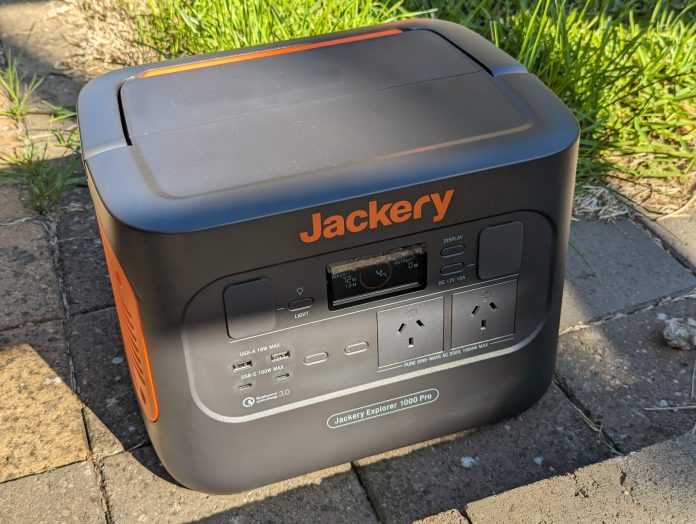

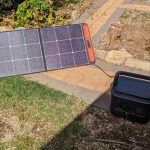
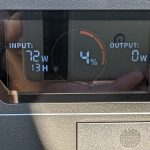
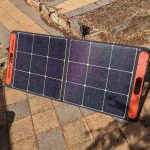


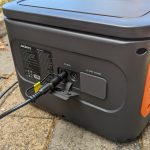
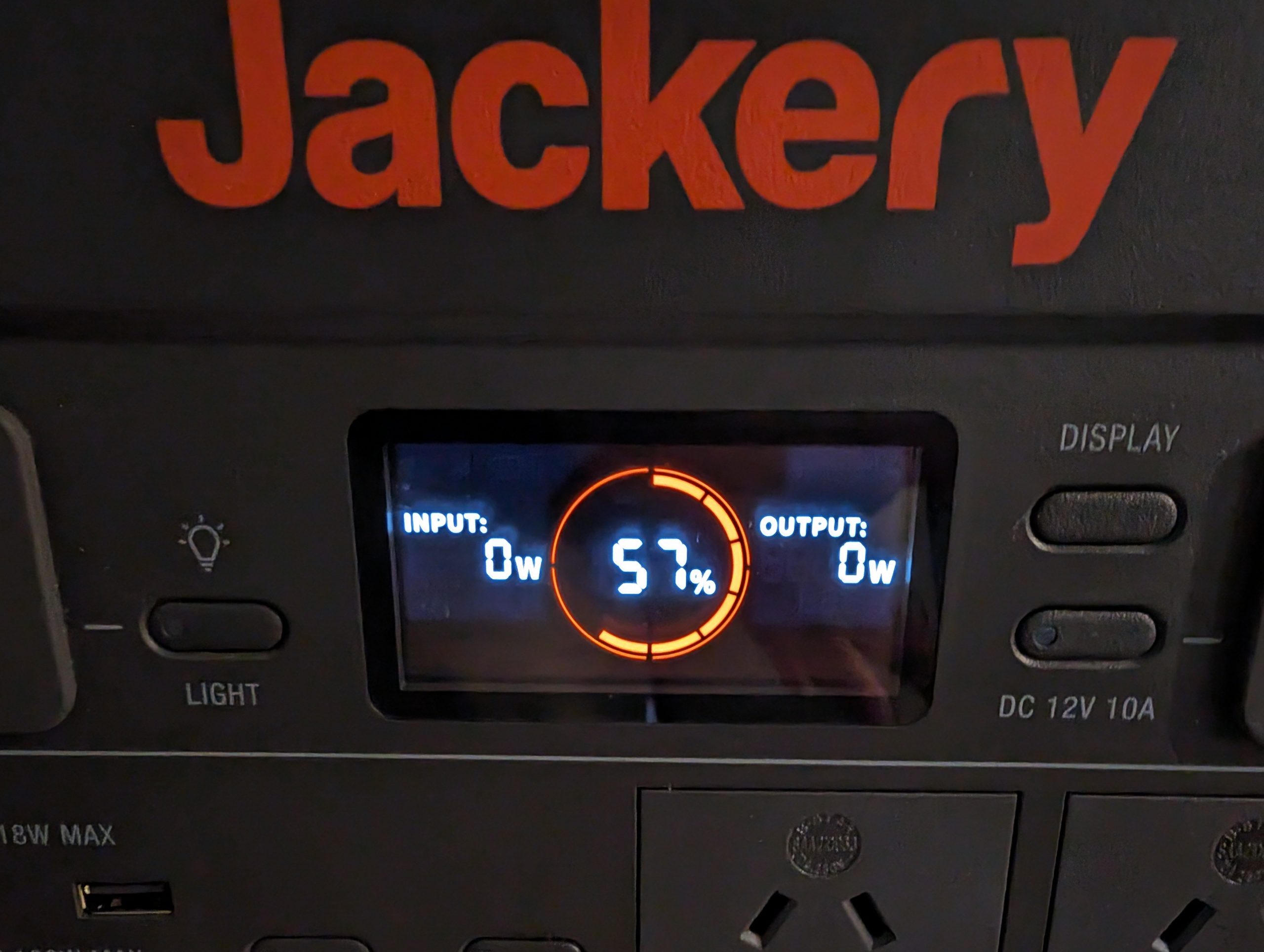



What about the modular ability to bolt on other batteries in series…?